|
Thailand has a love affair with the pick-up truck, literally everyone in Thailand drives a 4x4 pick-up. Sales of the Mitsubishi Triton, which is made in Thailand, practically saved the Japanese company from going out of business after a partnership deal with Germany's Daimler fell through. In 2007 they’d exported over a million Mitsubishi trucks to other Asian countries. Mitsubishi’s are not the only popular model, all the Japanese manufacturers are represented, which is great for us being a Toyota owner as spare parts are easy to find. What is noticeably different about Thailand in comparison to the rest of South-East Asia is that they like to modify their vehicles. Some are jacked up to ridiculous heights whilst others are slammed to the floor. One thing that Thai garages do well is suspension! We spotted some incredibly well prepped off-road vehicles as well as some serious street racers. Like the Paykan pick-up in Iran most customised vehicles are still practical. In fact many of the suspension mods on the slammed vehicles are designed to handle extra weight, the upgraded suspension in combination with steel rear wheels and uprated tyres dictate the style of many vehicles. Most towns and cities operate a private minibus system utilising the flatbed of the pick-up trucks as a seating area. This informal taxi system is the lifeblood of most cities. Most of the minitrucks (the slammed ones) have custom soundsystems too that you’ll hear bumping from miles away. Customization isn’t just limited to 4 wheels though; anyone who doesn’t own a 4x4 owns a scooter. There are three models of scooter that are abundant throughout South-East Asia. The 125cc Honda Sonic, manufactured in Thailand and the similar Yamaha Mio and the Yamaha Nouvo. All three bikes are cheap, mechanically simple, relatively pokey and most motorcycle shops sell a whole host of accessories allowing for complete customization. Scooters are frequently fitted with race handlebars, painted up in neon colours and covered in race inspired stickers. The mods are not just cosmetic, typically thinner wheels and tyres are fitted along with a big boar exhaust system, upgraded fuel delivery systems and brake upgrades. Unlike any other country we have visited, and for reasons we don’t understand, Thailand is absolutely obsessed with modifying vehicles, which is great for any motor head!
0 Comments
Arriving into Thailand after a full-on, hectic four and a half months in India followed by a strict two week Myanmar guided tour we spent our first night camped in Taksin Maharat National Park near the Northwest border. The immediate quiet and organisation of the place was a shock to the system! Off season, the camp site was empty so we had an entire site for us and our French family friends in their motorhome who we’d travelled across Myanmar with. A basic yet sufficient wash block meant we had clean water, shower and toilet facilities and a huge open, flat space to clean, hand-wash, re-order (and relax) after our Indian odyssey. There are 127 National Parks in Thailand, varying from quiet, low-key areas with basic camping facilities to tourist-tastic parks complete with Hornbill keyrings and Deer tame enough to take a selfie with. They are excellent places to plan your route around as the facilities are perfect for overlanders and the cost minimal- with incredible jungle, mountains and coastline they are perfect places for relaxing in nature and spotting (surprisingly easily) many of the hundreds of species of animal, birds, reptiles and insects. Mae Surin National Park offered an escape from the steep tarmac roads, as beautiful, sedate sand tracks weave along the edges of unspoiled forest. Wild camping was easy with viewpoints and picnic spots overlooking an undulating, tree-covered horizon. Our next stop was Khao Yai National Park, in the East of Thailand, where we stayed 3 nights at Lumtakong Campsite where the less-than-shy resident Sambar Deer outnumbered campers several to one. Drinking tea with the beating of Hornbills wings flying overhead and jumping as a huge water monitor lizard strides past you, slipping into the nearby river and gliding across. Dawn hikes through swaying, orange sunlit grassland with wild elephants crashing through the undergrowth nearby and gibbons howling and acrobatically swinging through the jungle canopy above. This is the gem of Thailands Parks, with a modern visitor’s centre and over 50km of marked, extensive, beautiful hiking trails. Southwest of Bangkok, we visited Kaeng Krachan National Park, staying in Ban Krang campsite where salt licks attract huge aggregations of colourful butterflies (over 300 species!) at the camps entrance. A stream flows through, with Malabar squirrels hanging from tree branches above and stump-tailed Macaques chattering in the tree tops. Smaller, low-key reserves dot the Thai coastline, our first experience of this was at Hat Wanakon on the East coast. With our hammock slung between two beachside pine trees we watched a stunning sunset over the water as fishing boats bobbed past. In the morning we wandered through pine groves, large vivid lizards diving for their burrows, on our way to the outdoor showers. Crossing the narrow band of Southern Thailand to the West coast we camped at Laem Son National Park, fringing an idyllic stretch of beach with forested outcrops. Khao Lampi Hat Thai National Park further south boasted a completely empty campsite, beautiful solitude right on the beach- coastal wilderness with the luxury of toilets and showers in a scenic pine forest. Karst limestone islands loom from the waves in Krabi province, creating a surreal landscape around Hat Chao Mai National Park. Along this deserted stretch of beach on the Andaman coastline we saw no one but the odd curious cockle collector and were able to swim and sunbathe in peace with the tide lapping all the way to our table and chairs. Timing is key when visiting Thailand’s National Parks; they are far more enjoyable when quiet so try and visit off-season if possible and during the week. The bigger parks have a reasonably budget-denting entrance fee (eg- Khao Yai is £8/$10 each) but this covers your entire stay, no matter if you visit for an afternoon or four days. We chose fewer parks but stayed longer to make visits more economical and give ourselves enough time to relax and hike the surrounding area. Camping is extra but only around 60p each a night and the facilities are basic but generally well-maintained. In contrast the smaller coastal parks charge only £2/$3 entrance so you can afford to stay in several for single nights. The security of patrolling rangers on campsites means you can stay ‘set-up’ and wander off into the wilds and sleep better without that ‘on-guard’ feeling when wild camping. Of all the countries we have travelled in, Thailand’s National Parks are by far the best, managing to maintain that wonderful wilderness feel while providing fantastic, affordable facilities across the entire country. It’s a great way of seeing wildlife while contributing directly to its protection.
The Jesada Technik Museum is the quirkiest car museum we have attended, essentially a motor museum, it does however house a few planes and boats too. What makes the museum so unique is that the collection focuses on micro cars. The extent and growth of the collection is nothing short of miraculous, Mr Jesada Dejsakulrit purchased his first vehicle in 1997: a German Messerschmitt KR200 microcar. This early purchase set the tone for his collection and within 10 years he’d purchased over 500 vehicles. In 2007 Mr Jesada opened the museum to the public. The collection is predominately micro cars although there are other vehicles on display. What is nice about the museum is the juxtaposition of typically classic cars you’d expect to find in a motor museum like a Ford Mustang next to an excellent example of a late 70’s “everyday” popular car like a Honda Civic. The museum also has a DeLorean DMC-12, the iconic vehicle made famous from the Back to the Future film trilogy. The main attractions though are the smaller cars: Mini Mokes, a VW Type 181, Citroën 2CV’s, Bond Bugs, BMW Isetta bubble cars and numerous other micro cars. The museum is free to enter with the purpose of public interest, preservation of history and heritage of these unique vehicles.
With all the planning, spreadsheets and lists in the world it is impossible to always climatically be in the right place at the right time. We found ourselves in Thailand, Cambodia and Laos for the onset of the monsoon; a time of heat, humidity and torrential downpours. However, we overlanders are/should be predisposed to enduring the elements and despite the climatic and logistical challenges presented by monsoon travel we found enormous benefits to touring during this season. Temperatures were a sweltering +40°C in the lead up to the start of the monsoon but once the rains actually arrived, showers reduced the temperature often by 10°C. Humidity was high but the accompanying monsoon breeze made the stickiness bearable and by 8pm the temperature had fallen to below 30°C, which was the crucial difference between a good and a sweaty, restless night’s sleep in the roof tent. Rain itself presents obvious challenges when you are overlanding in a 4x4 and live outdoors. We learned to read the skies and approaching cloud formations when deciding if we had the necessary 45 minutes dry period necessary to rustle up and eat a stir fry for dinner. Our awning has attachable sides which are perfect if the rain is not accompanied by strong winds, in which situation the awning is more hassle than it is worth with sides flapping towards the stove and water being blasted by gale-force winds through the many gaps. On this occasion we take comfort that our fridge still delivered our beers at a refreshing 3°C and that SE Asian countries sell an amazing array of beer snacks- dried squid and pea crisps for tea-time in a steamed-up, front of the car, substituted dinner on more than one occasion. An unavoidable downside to monsoon conditions is the surge in blood-sucking critters, particularly mosquitoes (everywhere) and leeches in the jungle. It’s never a pleasure to have to smear thick, pungent insect repellent on when your skin is already sticky with sweat and covered in sand and salt but it does work. Camping away from swamps and long grass reduced the numbers dramatically. The last thing you want to do when the day eventually cools off slightly is to put clothing layers on, but this is when the worst aerial assault begins. Generally long sleeves and trousers kept the biters at bay. A small price to pay when watching the evening illuminated dance displays of emerging fireflies, which also increase in numbers during this season and gracefully light up the night sky. Persistent precipitation leaves clothing, blankets and towels damp for days but the sun does eventually come out and then everything is dry within an hour. Rainfall is typically short and sweet and only lasts for a few hours of each day. There is something beautifully wild and romantic about sitting on a deserted beach with waves crashing on the shore and dark storm clouds swirling in the sky. We witnessed some incredible lightning storms from the (relative) safety of our roof tent and the gentle pitter-patter of early morning raindrops can be as soothing as a lullaby when there is no work to get out of bed for. We adventured through Cambodia and South Thailand in June, described by travel guides as the ‘low season when visitors melt’. The plus side of visiting at this time is that most tourists are far more sensible than us and follow this advice, leading to an empty Ta Prohm temple at Angkor Wat early in the morning. The surrounding beaches of Krabi and Phuket region, with sands crawling with tourists in the high season of November to February, were abandoned. We could wild camp undisturbed and wander endless stretches of empty sand gazing at an uninterrupted horizon of waves and karst limestone rock islands. National Parks were deserted so we could enjoy wildlife trails all to ourselves, with numerous sightings of normally crowd-shy animals and birds. Camp sites were uninhabited and in many we were the only occupants, with the exception of sharing the site with wild deer and the shower block with the odd water monitor lizard. Paradise. Most chalet and beach-hut resorts are closed but now and again they let us camp there for free and use the facilities. On one occasion we were invited to join the builders for sundowner beers and fresh crab and shrimps after a day of cabana restoration preparing for the next season. If it’s peace and not parties you’re after, off-peak travel in Thailand is bliss.
|
Archives
July 2020
Categories
All
|
Proudly powered by Weebly

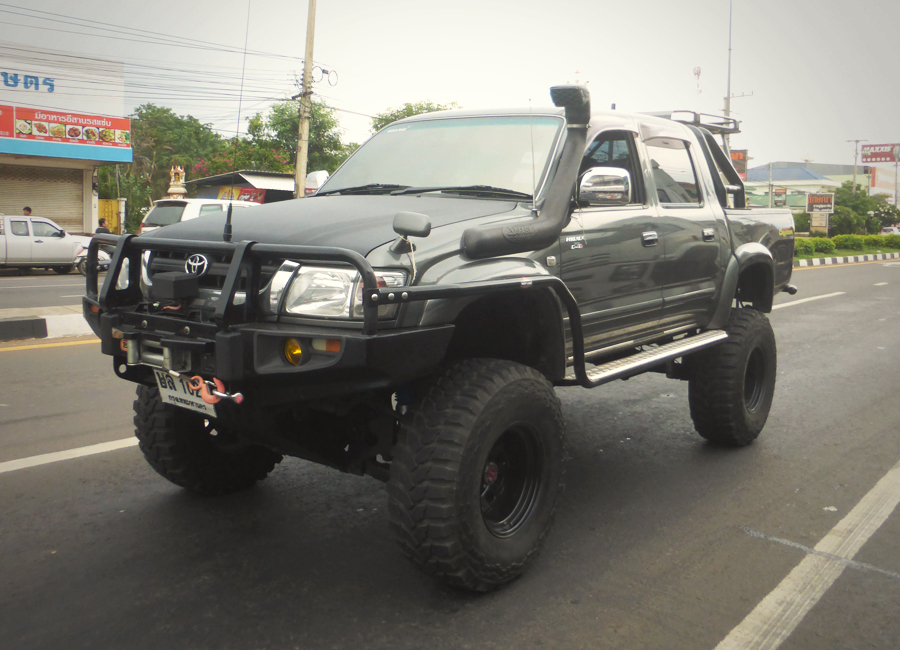
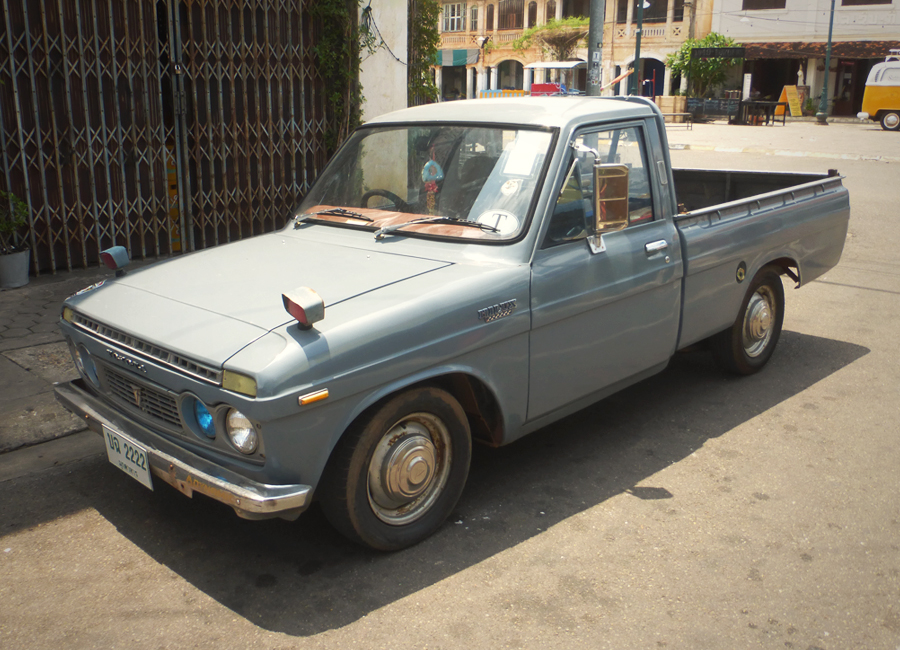
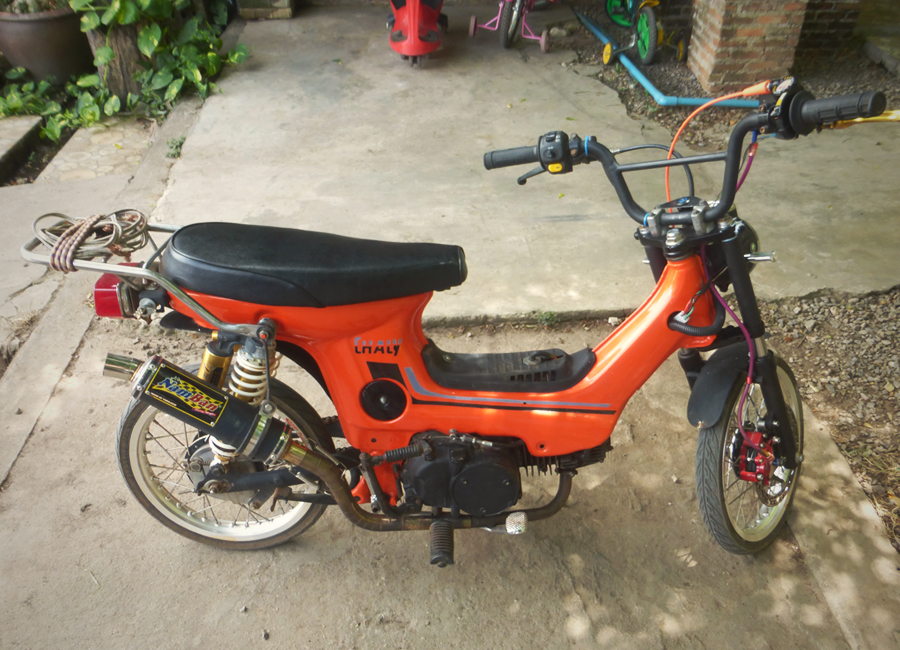
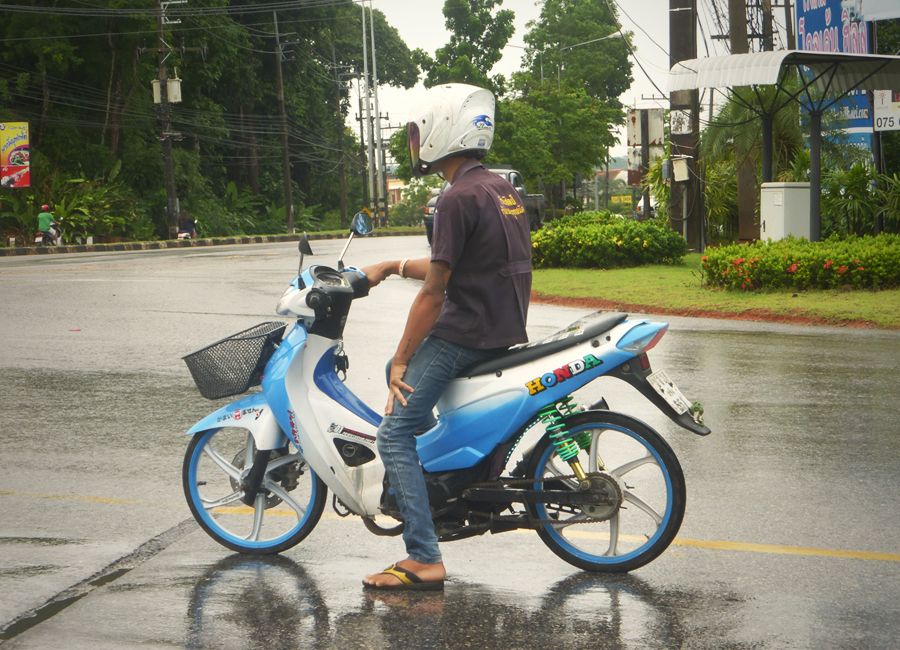
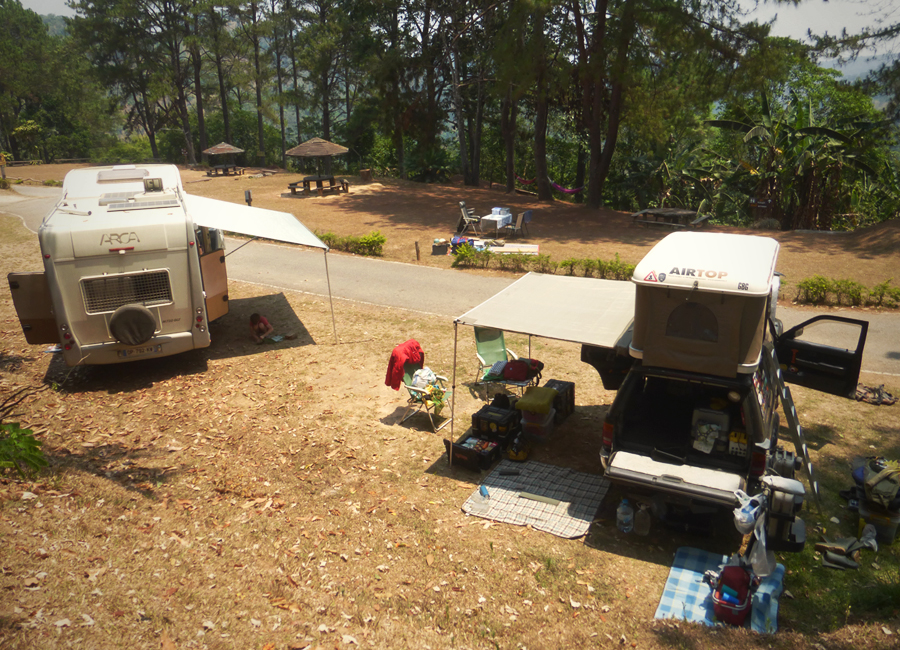
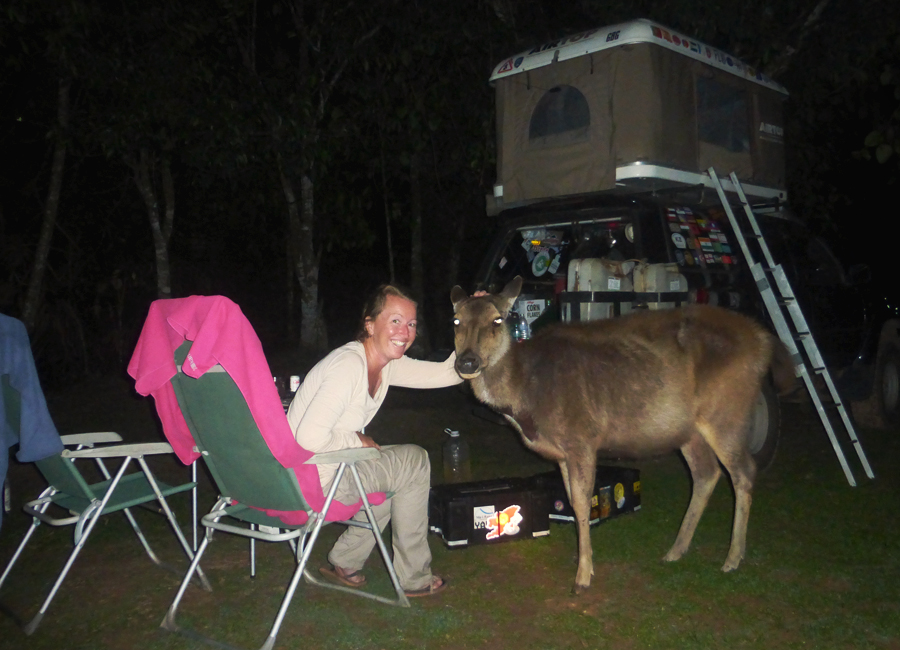
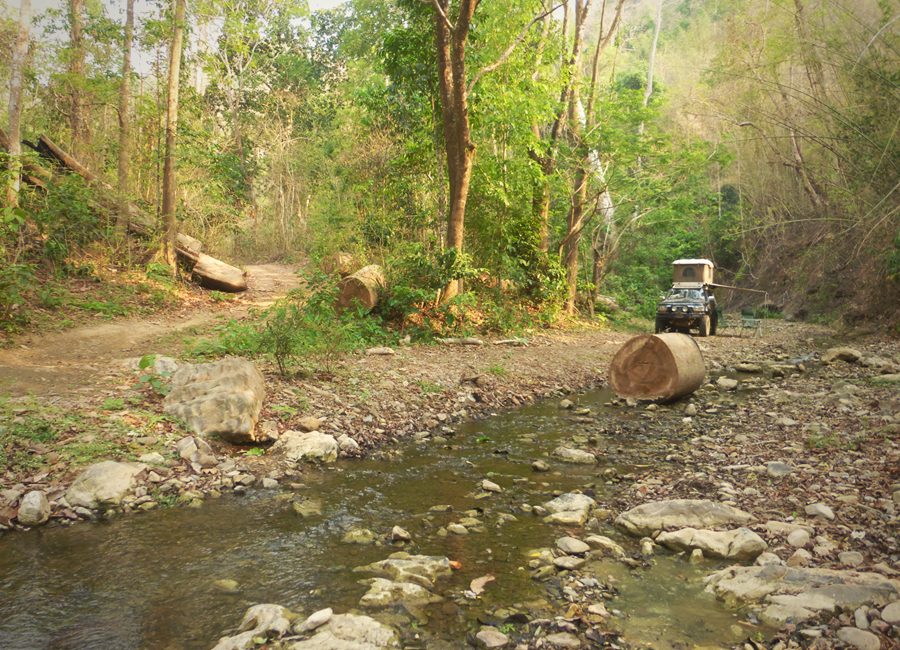
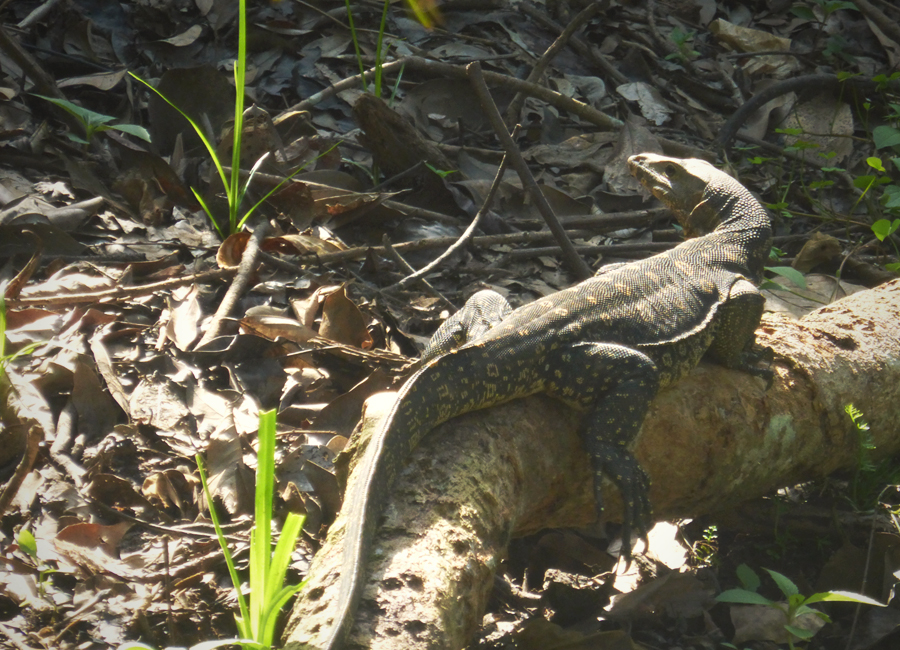
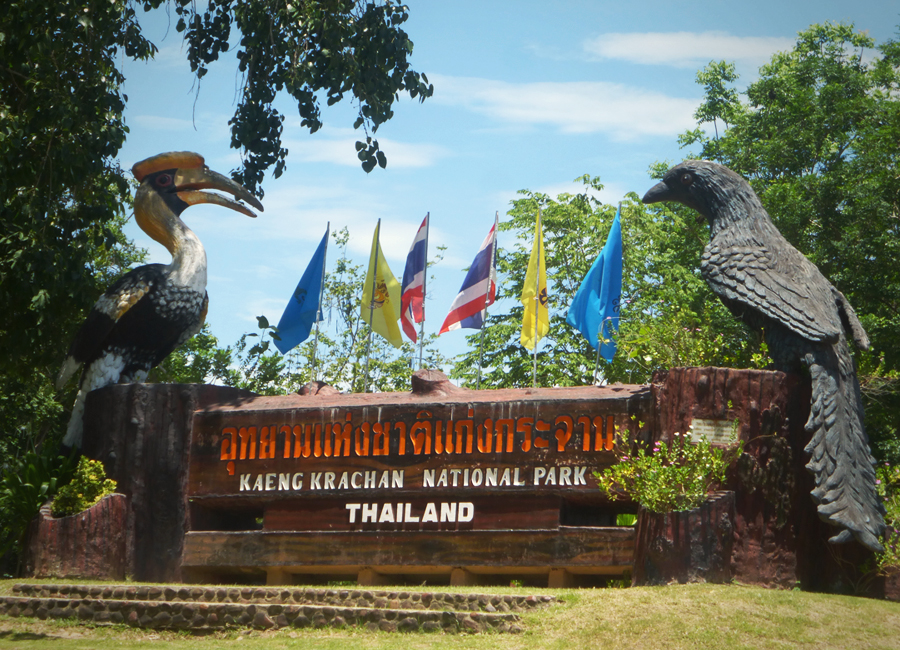
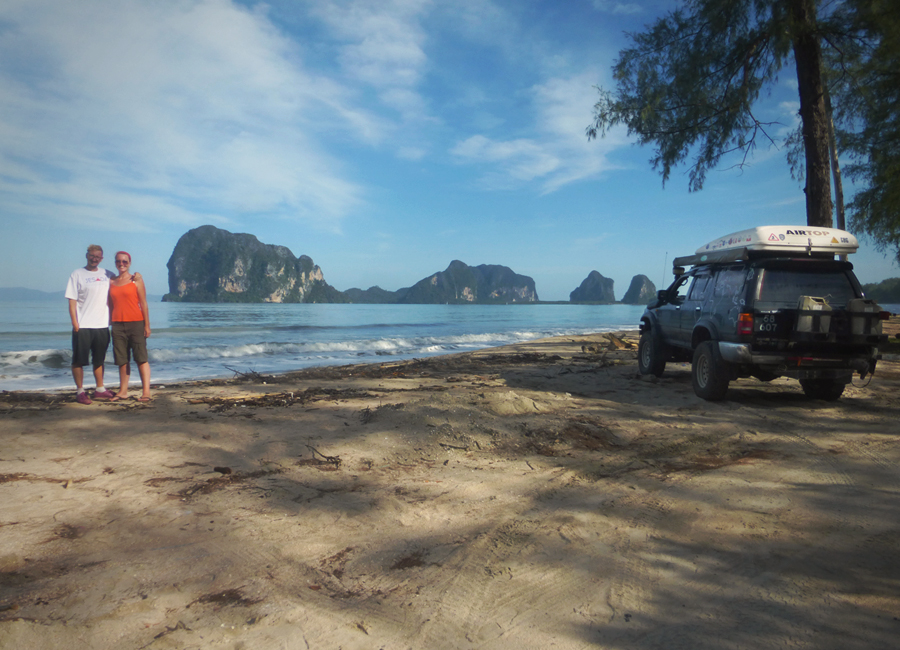
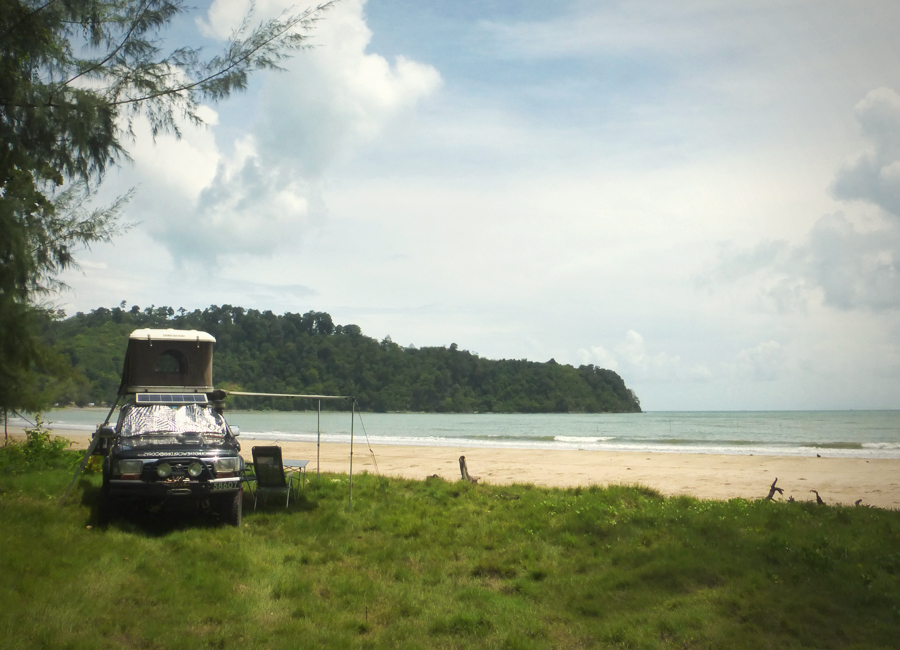
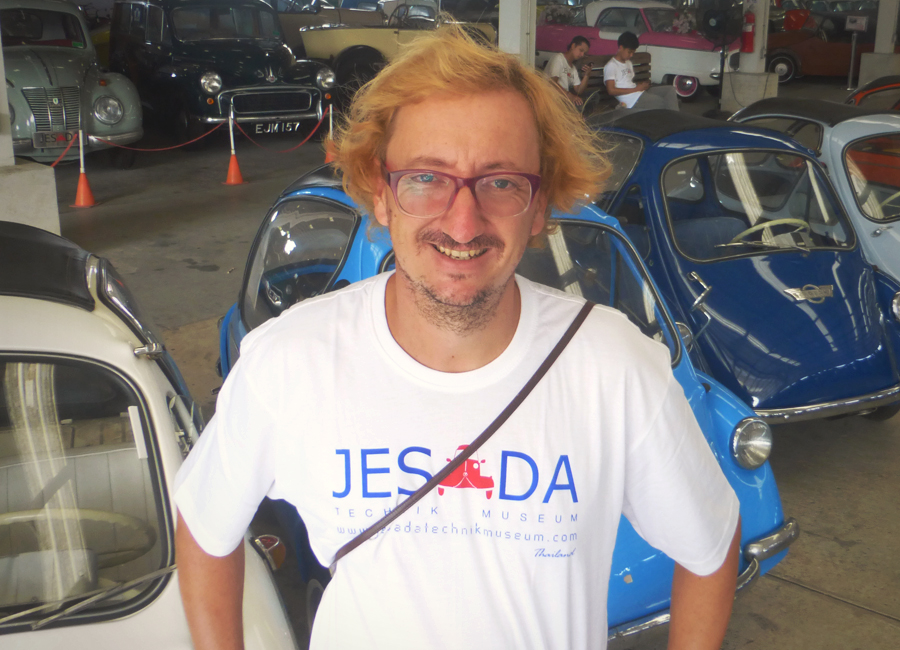
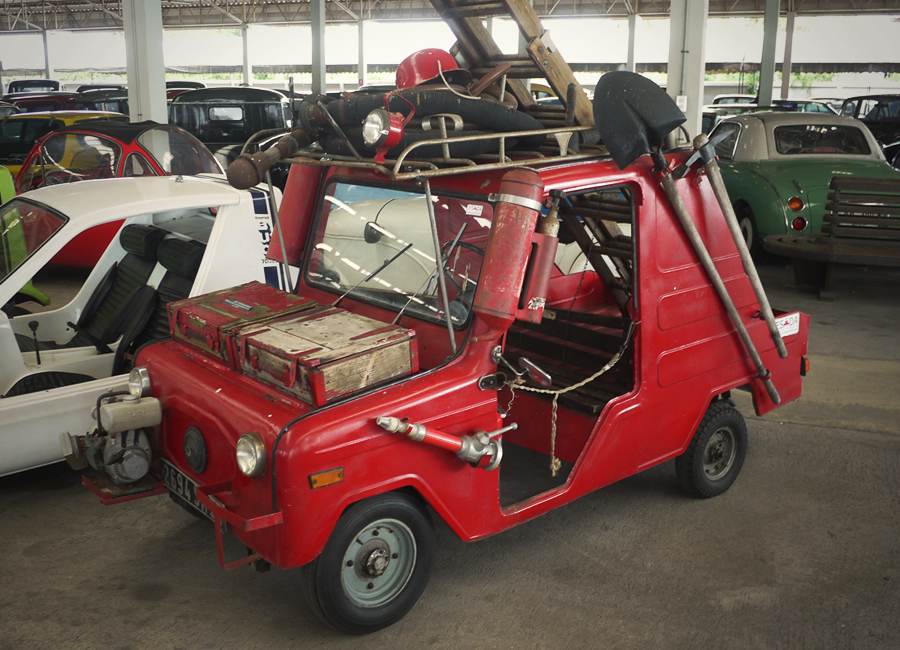
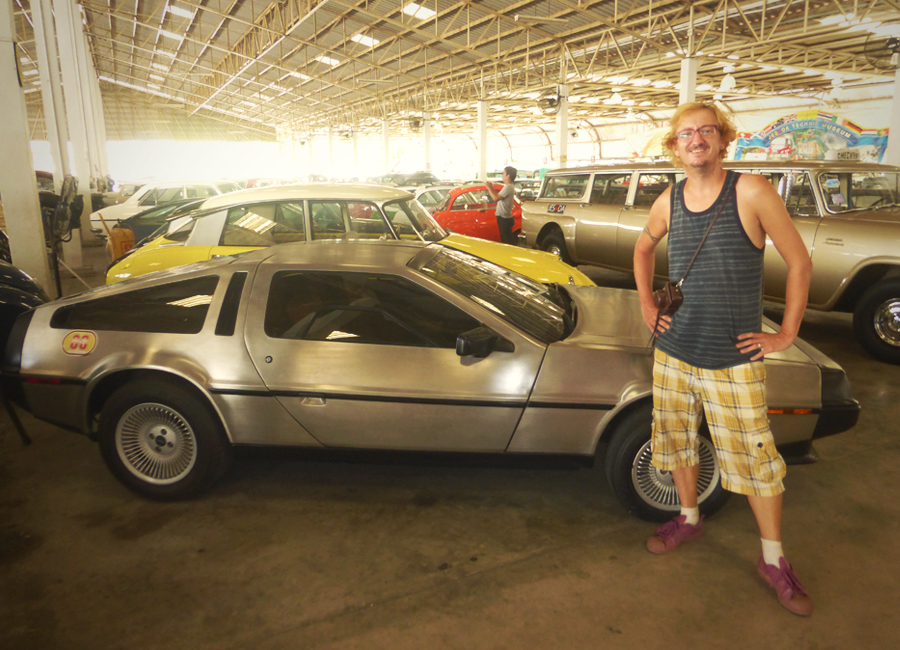
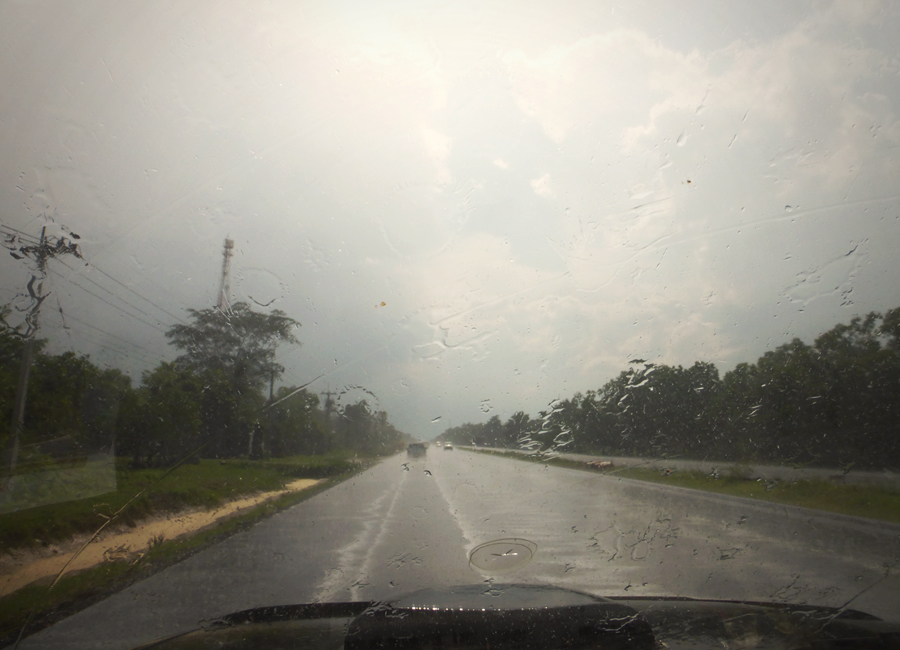
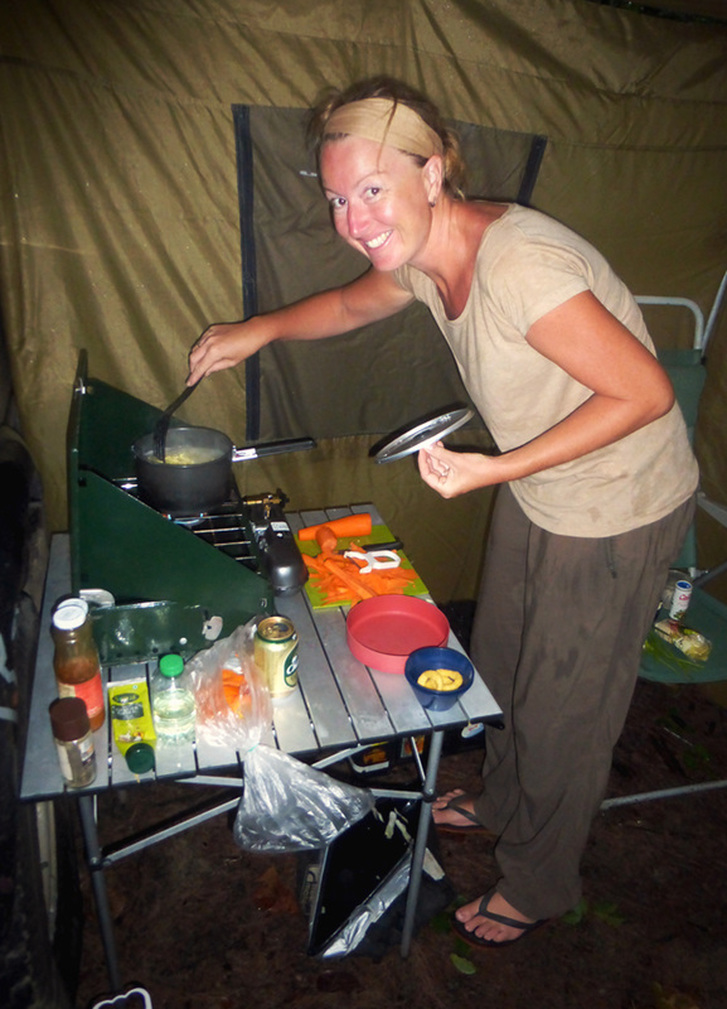
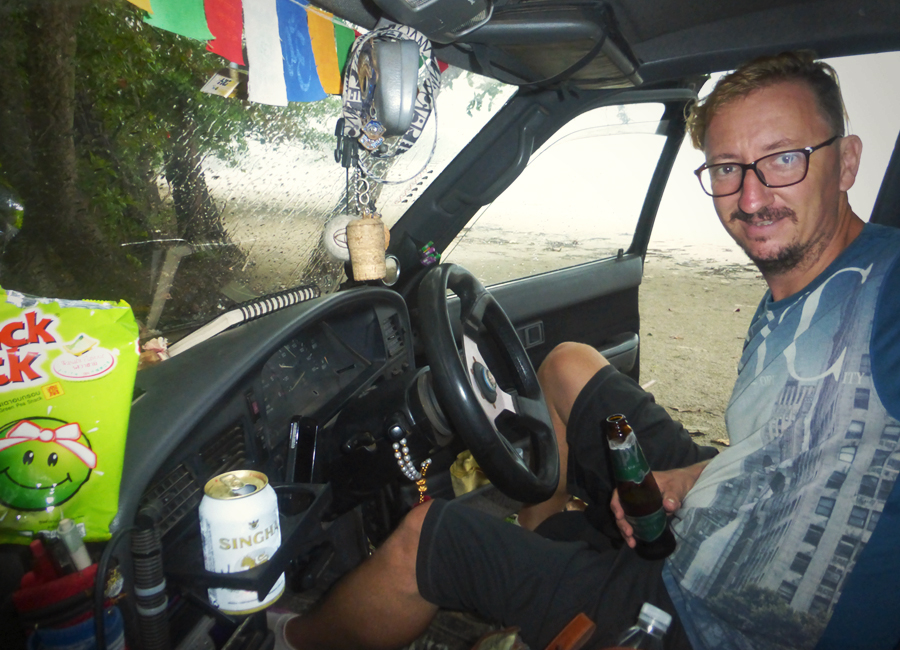
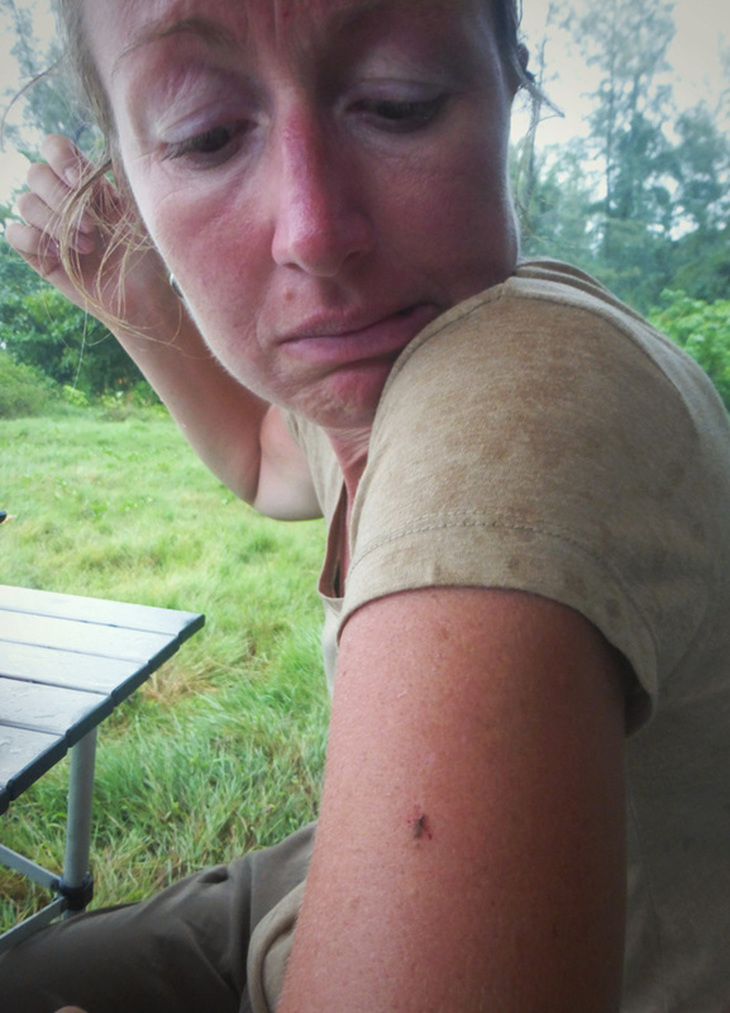
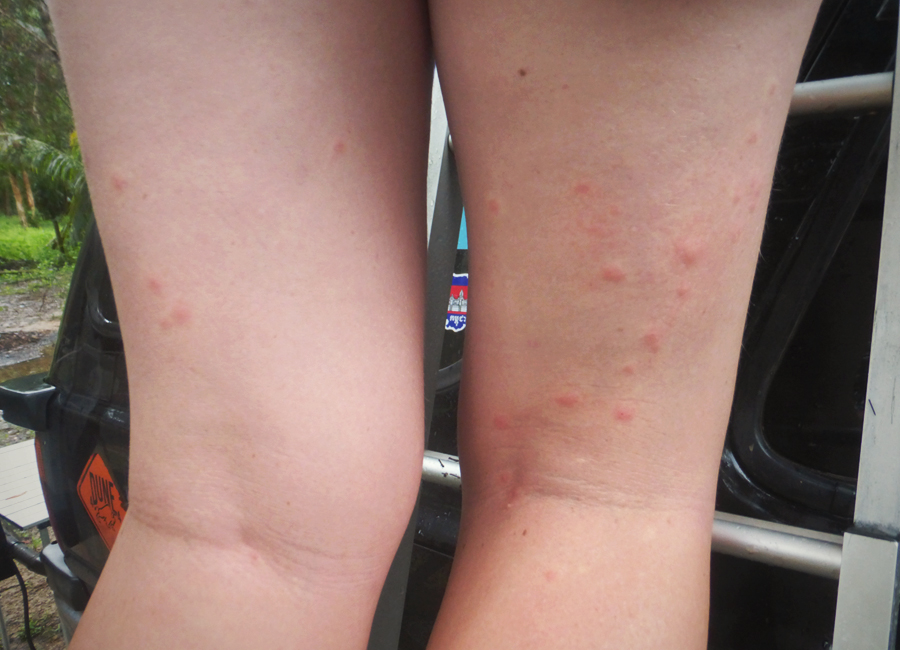
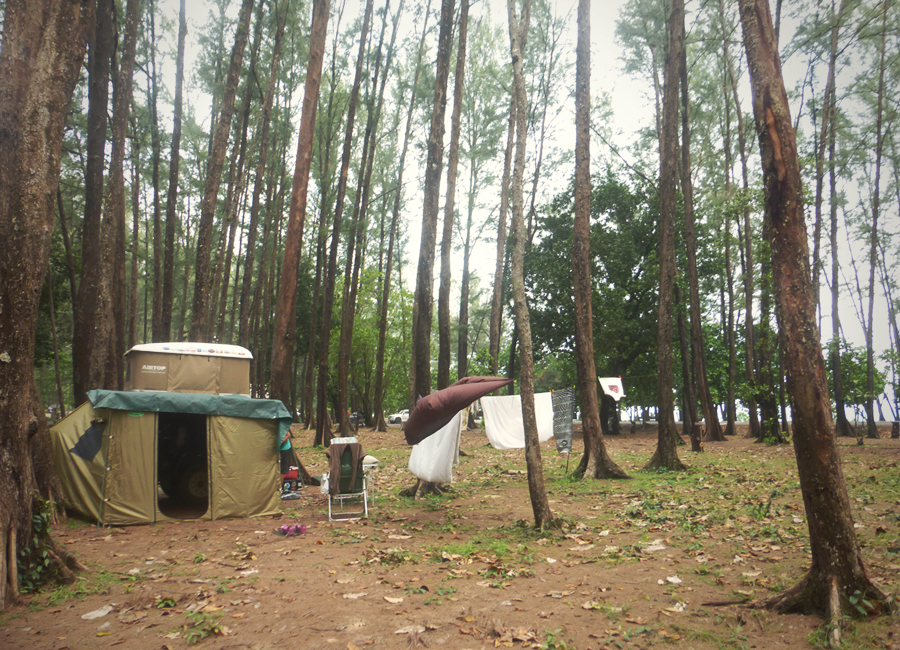
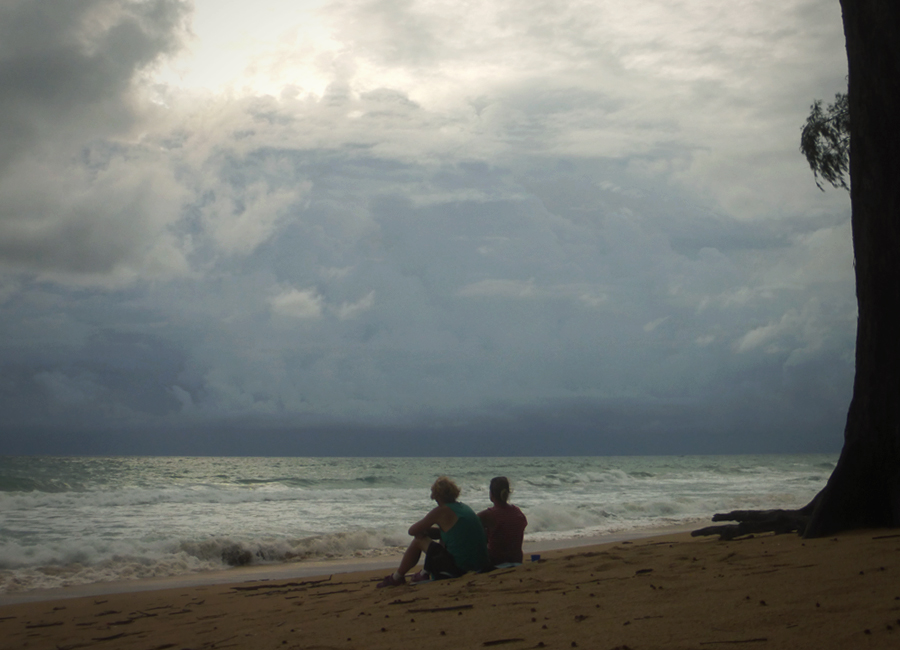
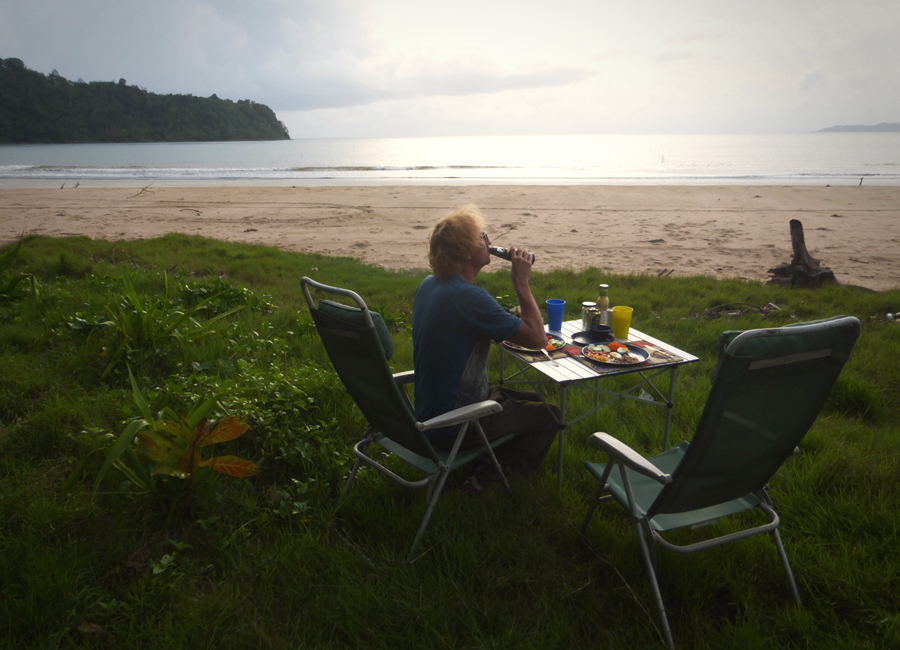
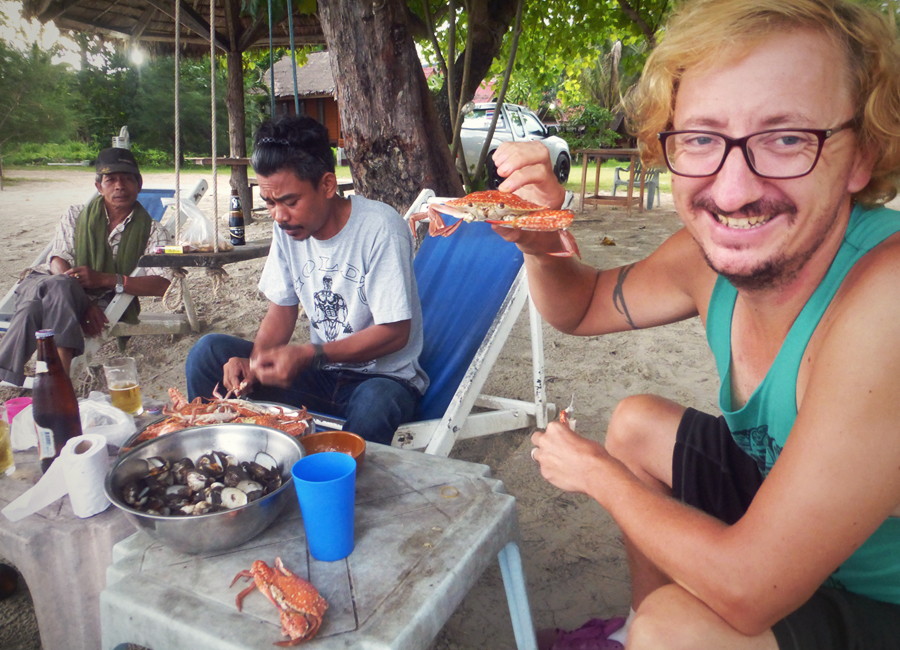
 RSS Feed
RSS Feed